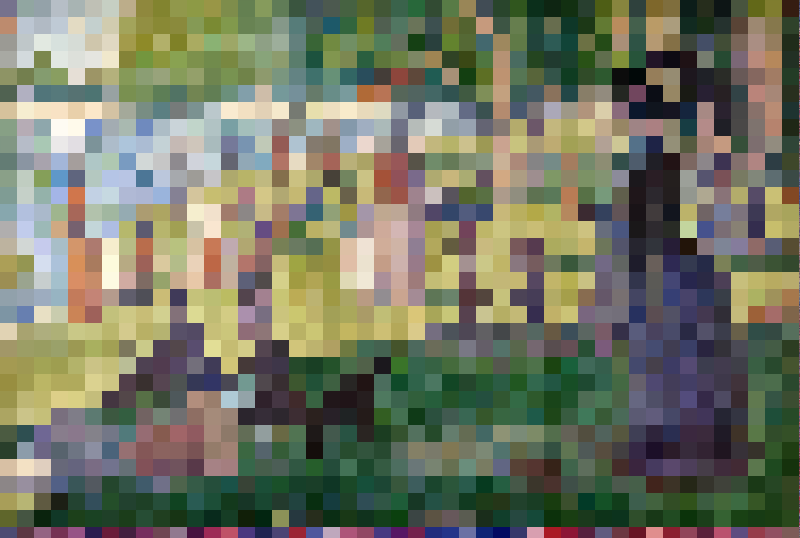…sometimes the oddest thoughts will arise during walking meditation…
Listening daily to DN33, one notices an emerging landscape of connected themes. One of these themes is the universal meditation on colors, which comprise four of the ten universal dimensions of meditation.. The colors are listed as blue, yellow, red and white.
And this is quite odd. It is odd because our computer monitors are universal blue, green, red. They are RGB monitors, not BYR monitors. Blue, green and red are universal primary colors because they add together to form white. This is what makes them universal.
Why then do the suttas talk about universal yellow and not universal green?
The obvious answer is that the Buddha did not have computer screens lit up with primary colors. What then, did the Buddha have available? And with a moment’s thought, we realize that the Buddha had dyed cloths from Varanasi. The suttas in fact do refer to Varanasi, which continues to be a textile hub of the world.
And what do the Varanasi dyers use to color fabric? They use secondary colors. Secondary colors are subtractive. We use them for printing. In fact, the colors we use for printing are cyan, yellow, and magenta. Printing also uses black, but let’s just deal with the three colors for now. Here are the colors:

In the suttas, the universal colors are linked to three flowers. The flax flower, the champak flower, and the scarlet mallow flower.
But wait. Those flowers look oddly like cyan, yellow and magenta. And they are not really the blue, yellow, red we are used to talking about in our RGB world.
So now let’s just say that the universal colors are really cyan, yellow and magenta. OK. That’s fine. So what?
Well. Look at this picture. It has shades of our three colors. It is from a famous landscape.

But now that you’re back reading here, notice that if we walk around this landscape, we might look at just the blue things. Then just the yellow things. Then just the red things. And in doing so we would have seen all the things.
And if we pick any of these color meditations, we will be connecting in our head things that are normally unrelated. Let’s take blue, and see what we see that is not normally related. We would for example see the blue of the sky, water and shadows. This would be our universal blue. Directly knowing blue, we would see blue things and see directly that they are related. Our internal forms would bend and blur with new associations based on reality, not some commonly used definition. The sky would blur into the water into the shadows.
Therefore, in cycling through the color meditations, we successively see marvelous new connections. And once we have passed through all three colors, we will have seen everything that is to see. We will have seen everything because the secondary colors are universal (although in practice, additional colors are sometimes used for richness).
…sometimes the oddest thoughts arise during walking meditation…
And many thanks to @Khemarato.bhikkhu for mutually exploring the idea of universal color meditations.



